Growing Quince: How To Plant A Tree From A Pot-Grown Or Bare Root Specimen

FRUIT > QUINCE
Reviewed By PETER LICKORISH

Peter is a Horticulture Lecturer and self-employed Horticulturist, with a passion for diverse areas of the industry - from garden design to the science behind plant growth and propagation. He has completed the Royal Horticultural Society’s Master of Horticulture (MHort) Award and lectures on RHS courses at Bedford College.
Contributions From BUNNY GUINNESS

Bunny Guinness is an award-winning Landscape Architect with more than 35 years' experience. Bunny has worked in TV & Radio sharing her extensive knowledge of all things horticulture - including as a panelist on BBC Radio 4 Gardeners' Question Time. She was awarded an Honorary Doctorate by Birmingham City University in 2009 and has designed six Gold-Medal winning gardens at RHS Chelsea Flower Shows since 1994.
IN THIS GUIDE
QUINCE GUIDES
Quince fruit is excellent for making tartly flavourful preserves and confections, but did you know that the fruit of some cultivars is a mellow and delicious treat to eat raw?
As for the quince tree, I’ve found that it is a joy for a gardener to tend to.
It is truly ornamental, as it is proportionately branched with lovely rich green foliage and delicate pink blossoms.
“My favourite plant changes everyday, but one that I couldn’t do without would have to be a quince tree,” shares Landscape Architect Bunny Guinness.
Overview
| Botanical Name | Cydonia oblonga |
| Common Name(s) | Quince |
| Plant Type | Perennial Tree |
| Native Area | Central Asia |
| Hardiness Rating | H5 |
| Foliage | Deciduous |
| Flowers | Delicate, white and pale pink cup-shaped flowers |
| When To Plant | February to November |
| Harvesting Months | September to November |
Sunlight
Preferred
Full sun
Exposure
Sheltered
Size
Height
1 – 4M
Spread
1 – 4M
Bloom Time
Late spring / early summer
Soil
Preferred
Most fertile soils
Moisture
Moist
pH
Acidic to neutral
If you’re looking for a curious fruit, you’ve found it in quince.
The fruit is usually pear-shaped, but can sometimes appear roundish – rather like an apple.
This is not surprising because, like both pears and apples, quince is a pome.
Once ripe, the fruit is golden yellow.
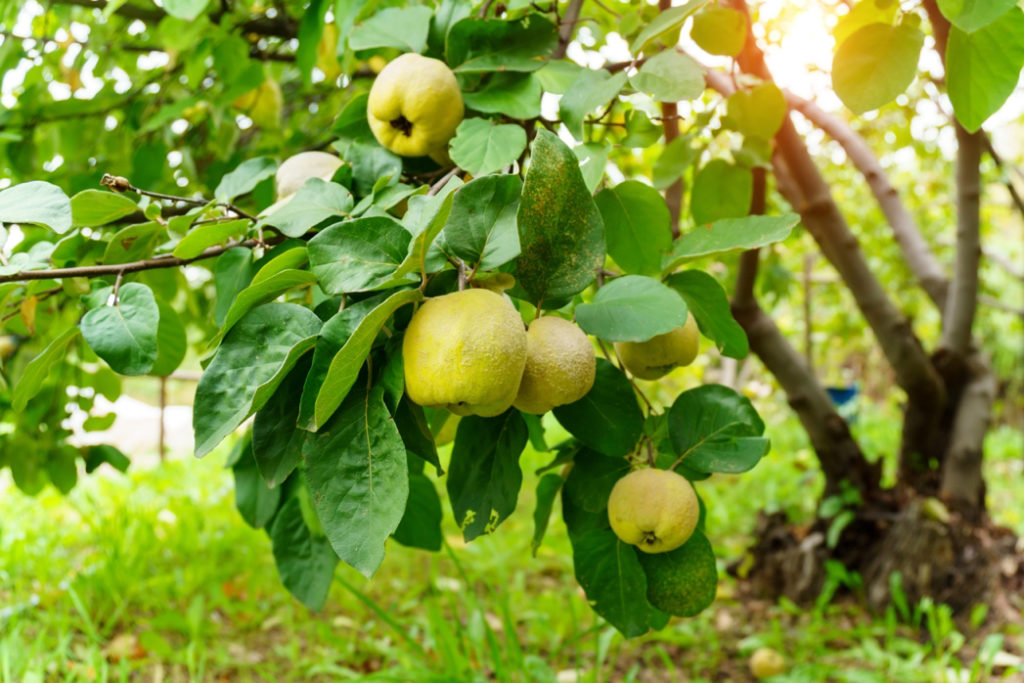
Though deliciously aromatic and tartly flavourful, quince is infrequently enjoyed raw.1Hill, A. (2019, October 1). 8 Emerging Health Benefits of Quince (And How to Eat It). Healthline. Retrieved March 23, 2023, from https://www.healthline.com/nutrition/what-is-quince-fruit
It is more often used as the main ingredient in a wide range of foodstuffs, such as preserves, jams, sauces, pastes, and confections in many regions of Europe and Asia.2Quince. (2020, August 11). BBC Good Food. Retrieved March 23, 2023, from https://www.bbcgoodfood.com/glossary/quince-glossary
Quince is even used in pot-cooked foods and as a savoury ingredient in some Mediterranean cuisines.
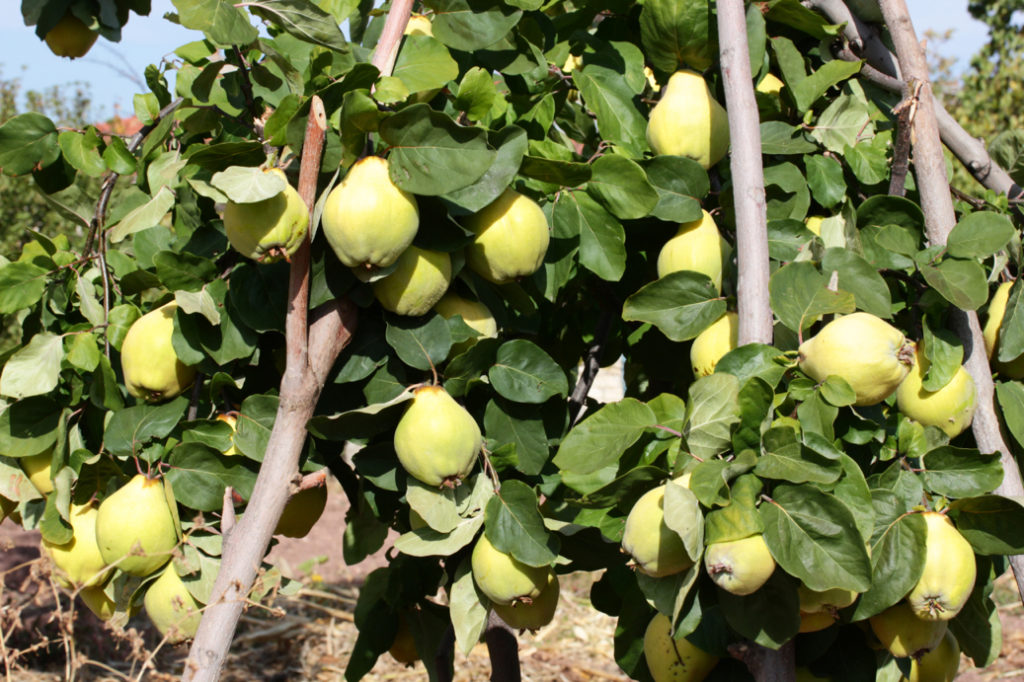
The fruit-bearing Quince Tree is the only member of Genus Cydonia.3Harris, S. (n.d.-a). Cydonia oblonga. Oxford University Plants. Retrieved March 23, 2023, from https://herbaria.plants.ox.ac.uk/bol/plants400/Profiles/CD/Cydonia
There is also a ‘false’ Quince Tree, Pseudocydonia sinensis, whose fruit is also used to make jams and preserves.
Complicating things further is the ‘Flowering Quince’ that belongs to the genus Chaenomeles.
This is a marvellous flowering hedge or wall shrub that also produces fruit, and though it technically can be made into jams and preserves, it is neither as flavourful nor as desirable as the real quince fruit.
Quince Trees
Quince trees are pretty and, though on the small side, must be recognised as being ornamental trees and even landscape trees in their own right.
Correctly pruned, the mature tree is proportionately and finely branched and has a good spread with a willowy, pendulous quality to its limbs.
The tree progressively becomes gnarly, so it’s no wonder that it is a bonsai favourite.
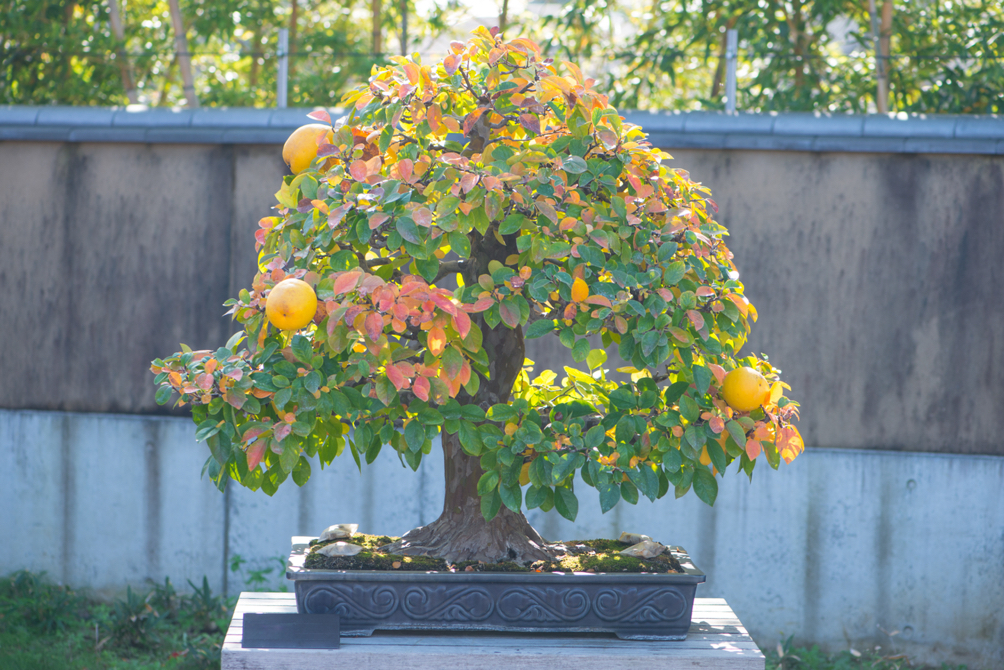
Quince trees also come in dwarf sizes that grow to no more than a metre.
These patio trees are ideal for container growing.
Standard-size trees, planted outdoors, are typically about 3m high, but can grow up to a height of 4m.
Since quince trees are self-fertile, in theory you need only one tree for it to bear fruit.4Pollination of apple trees and other fruit trees. (n.d.). Orange Pippin Fruit Trees (UK). Retrieved March 23, 2023, from https://www.orangepippintrees.co.uk/articles/planting-and-growing/pollination-of-fruit-trees
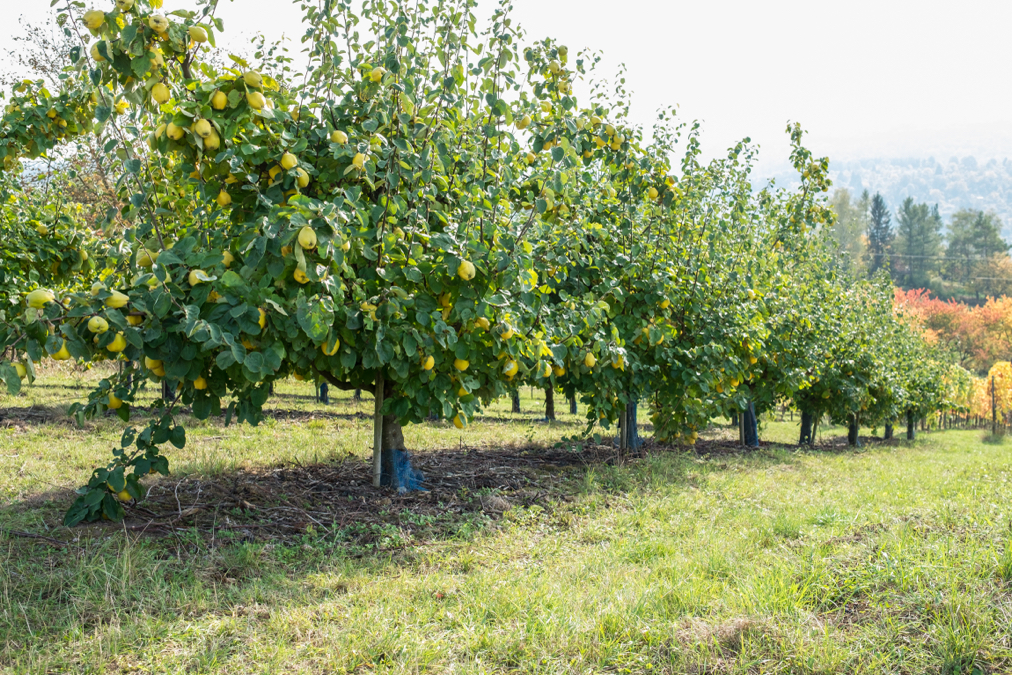
However, these trees will bear a bountiful crop only when they are cross-pollinated, so consider planting two or three.
Apart from autumn fruit, quince trees also serve up other joys.
In late spring and early summer, the delicate pink-tinged, cup-shaped blossoms decorate an already pretty tree, while the foliage is that just-right shade of rich, green that brings a soothing, cooling quality to the garden.
Bare Root Vs Pot Grown
Quince trees are divided into two kinds; proper free-standing trees and patio trees that are meant for container growing.
The former typically reach an ultimate height and spread of 4-5m while the latter typically grow to only about 1m in height.
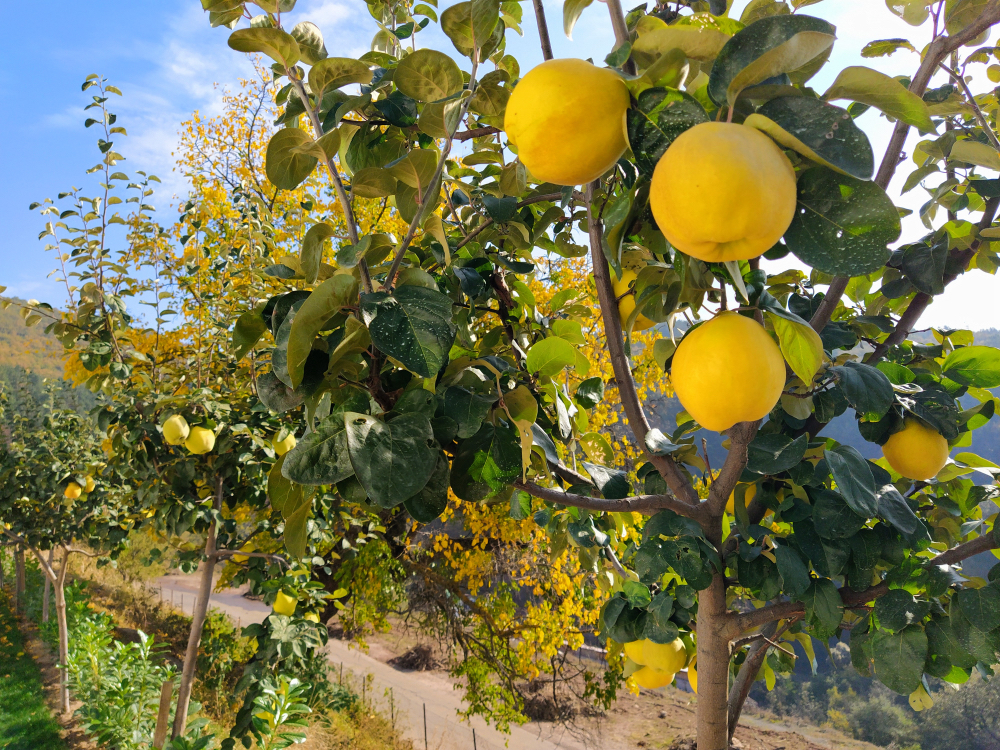
Standard full-size trees of about 2 years in age are just as often sold in bare-root form as in pot-grown form, whereas patio trees are usually sold in pots.
Though you can buy any of these variants, there are a few subtle dos-and-don’ts to bear in mind.
Bare-root trees are available during the November-January timeframe and should be planted promptly, whereas potted quince trees of either size are available year-round and, though they may be transplanted during any season, the best period to transplant them is whilst they are dormant.
Where To Plant
Though quince trees, with a hardiness rating of H5, are hardy throughout the United Kingdom, the flowers are prone to frost damage.
In addition to this, it’s important to note that the warmer the summers, the better the fruit.
Therefore, they should be planted in full sun and in a sheltered location.
Avoid positions facing directly to the east, where rapid frost thawing damages blossoms and young fruit.

Full-size trees should be planted in the open ground while patio trees will thrive in large containers of about 60cm.
These trees will do very well planted close to a pond or brook so long as the soil does not stay very damp in the winter.
They should be planted during dormancy which is from December and January, perhaps February.
Soil Requirements
Quince trees grow well enough in most kinds of soil but in order for the tree to flourish and produce a rich yield year after year, grow it in optimal soil conditions.
A fertile soil of a heavyish loam amended with an ample quantity of organic material such as humus, compost and/or well-rotted manure is ideal.
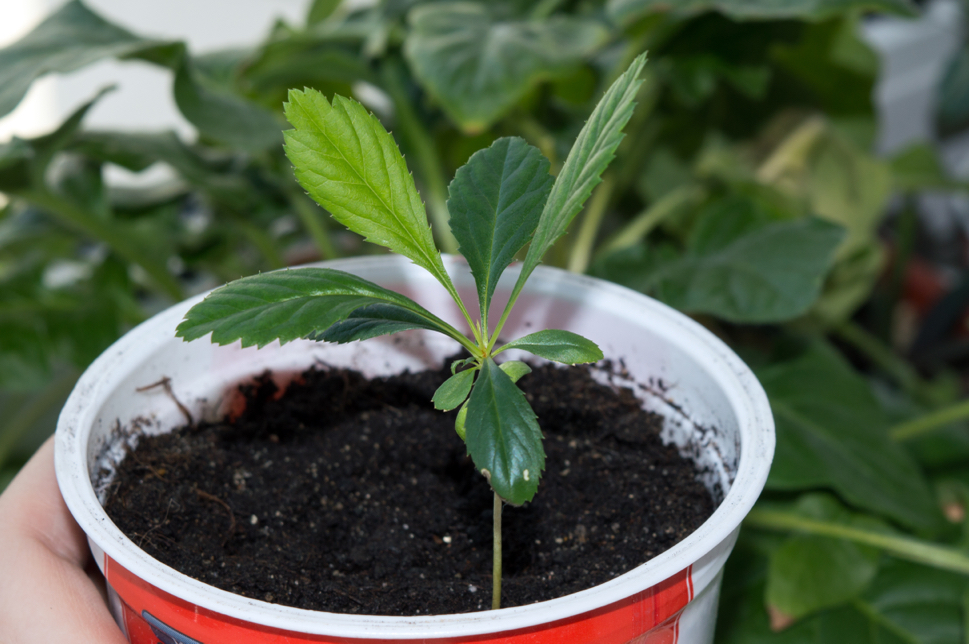
The lighter and poorer the soil, the more generously it should be amended with this type of organic content.
Though such a soil will retain moisture, it should drain well, especially in winter.
This is why quinces grow well on sandy soils, and why heavy clays will not be suitable.
The soil should be kept moist during the growing season.
A soil pH that is slightly acidic to neutral will work best.
Sunlight
Along the southern coast of the United Kingdom and in the less cold regions, quince trees may be planted in an exposed location without concern for aspect.
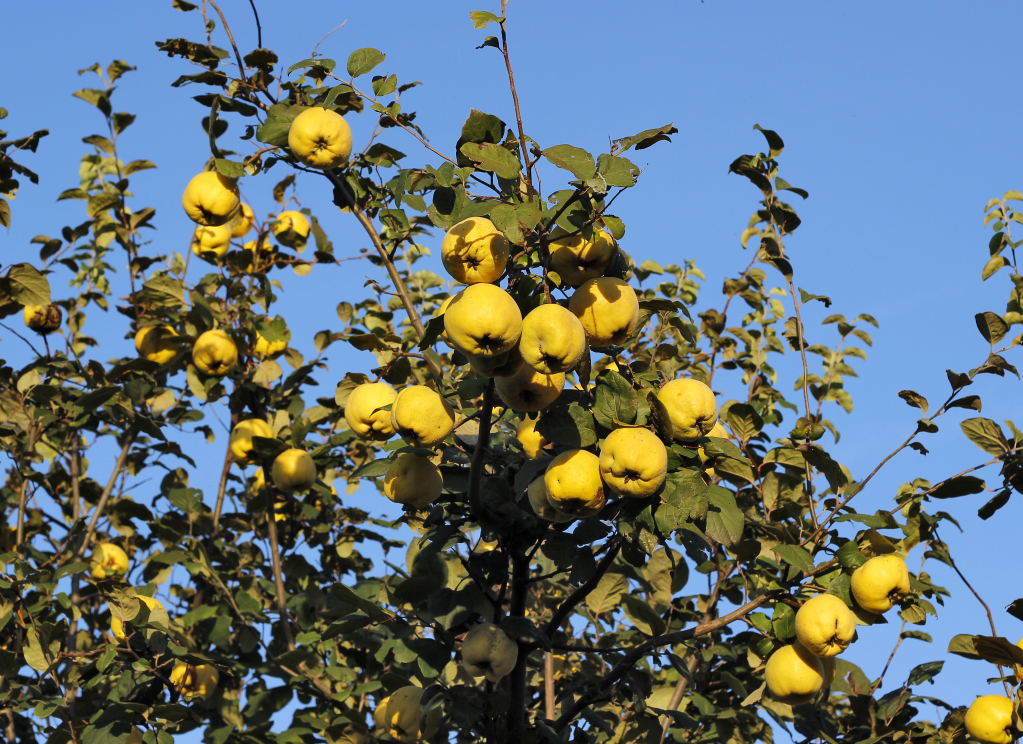
In other regions, they should be sited in a sheltered location protected from northerly winds.
A south-west-facing corner is ideal.
Spacing
Quince trees from the smallest container trees to full-size standards have very different spreads.
A good rule of thumb is to space a tree by twice its eventual spread, or two different varieties by the sum of their spreads.
How To Plant Quince
To get the best out of your quince tree throughout its long life, follow the planting steps below:
- Select a site that conforms with what is described in the preceding sections.
- Prepare a planting hole that is as deep as the container the young tree is in and twice or thrice as wide.
- Remove the tree from the container and immerse the root system in a pail of water for five to ten minutes.
- Ensure that the tree is not root-bound; the rootball should be loosened and the roots should spread out.
- Place the tree in the planting hole such that its soil line will be the same as it was in the container. The soil should not reach up to any part of the main stem that was not previously in the soil. If the tree is sitting deeper in the hole, fill it in a little before planting.
- Young quince trees need support. This is accomplished by way of one or two stakes at an angle in the ground. The stake(s) should be at about a 45° angle, propping up the main stem or nascent trunk, and avoiding the roots.
- Backfill the hole and pack the soil all round. Water freely.
- Add a layer of mulch of up to 8cm around and over the root system (though it must be 8-10cm away from the main stem).
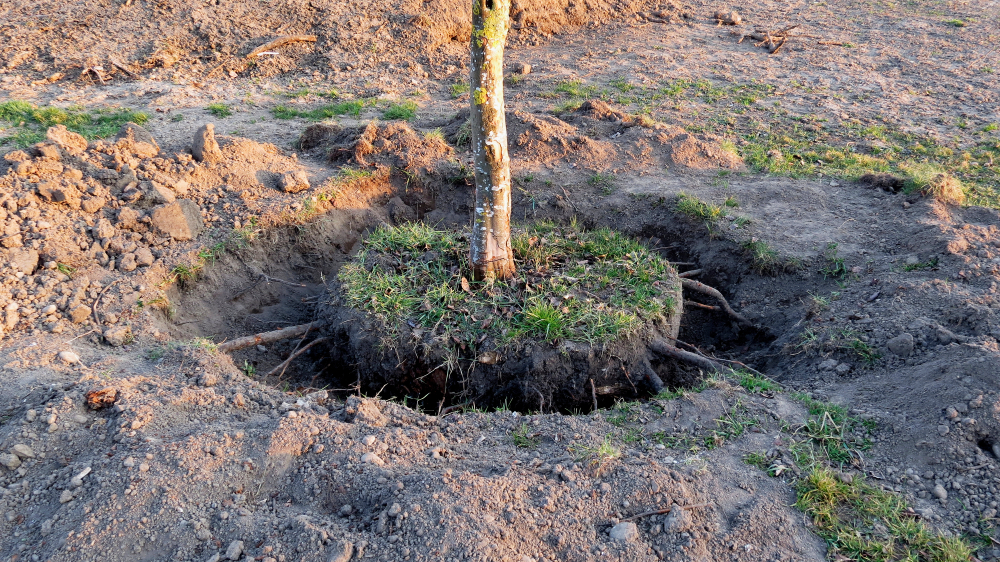
Ongoing Tree Care
Quince trees need regular watering during the growing season.
Whilst establishing, water freely and deeply once a week and make sure the soil doesn’t dry out during dry spells in summer.
Soil in containers will not retain moisture as much as open ground, so pay particular care to water container-grown trees.
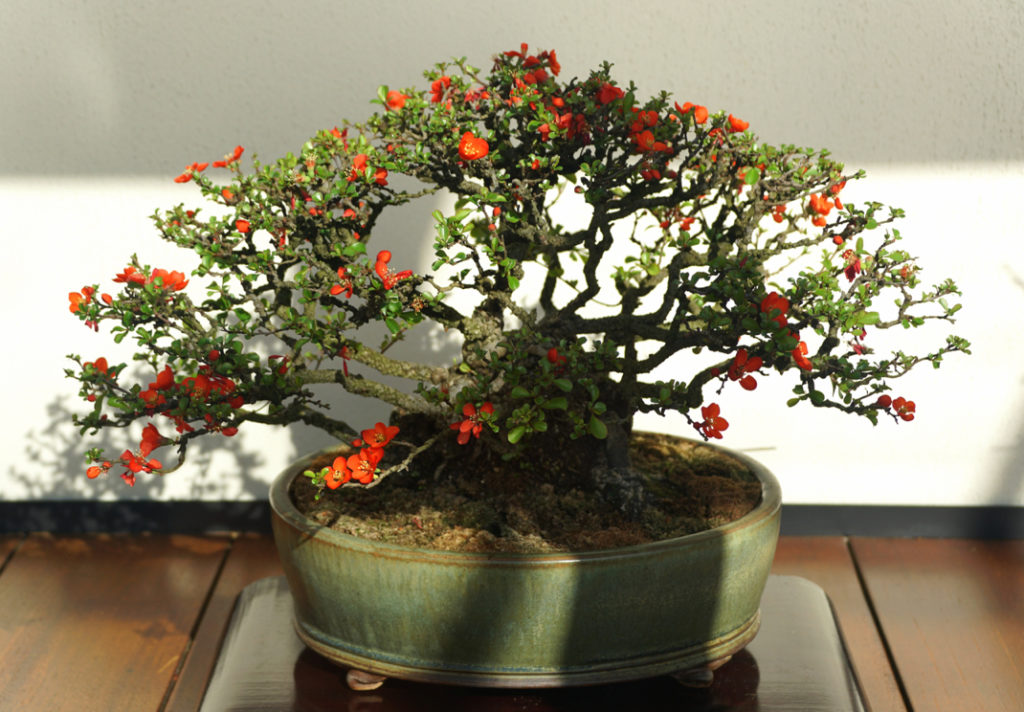
Quince tree containers must have drainage holes.
During winter dormancy, the soil should not remain very damp wherever it is grown.
Feeding
Quince trees in open ground may be fed in winters-end or early spring.
Use a granular high-potash fertiliser and sprinkle it around the tree, about 8cm away from the trunk.
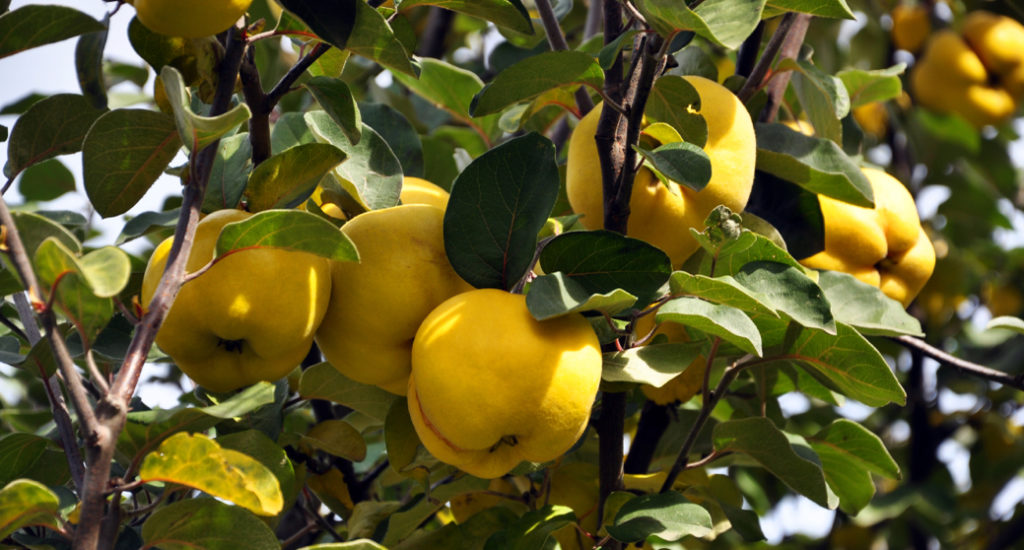
Container-grown trees should be fertilised every month during the growing season.
For these, use a liquid high-potash fertiliser at the appropriate dilution.
Do not use a high-nitrogen fertiliser or a balanced fertiliser and avoid over-fertilising.
Common Pests & Diseases
Quince trees may sometimes be affected by powdery mildew and brown rot, which luckily can be controlled by the average gardener.
Quince leaf blight and fireblight are two other diseases that can strike quince trees and these are much more problematic.
Quince leaf blight is a very serious fungal disease but it can be treated with chemical fungicides.

Any fruit from a tree so treated must not be eaten and should be destroyed.
Fireblight is even more destructive.
It is a bacterial infection that spreads all through the tree, and unfortunately only an experienced tree doctor has any chance of saving a tree affected by this deadly disease.
Protecting From Frost
Quince trees bear flowers in early spring and the flowers can succumb to frost.
As such, if you live in a cold region where spring frost is predicted, it would be advisable to try to cover as many buds and flowers as possible with horticultural fleece in the evening.
Complicating the chore, the fleece should be removed in the morning to allow both sunlight and pollinators to reach the flowers.
Propagating
Professional growers usually produce Quince trees for the market by grafting.
They are also propagated from hardwood cuttings.
Amateur gardeners can fairly easily propagate them by taking and rooting hardwood cuttings in late autumn and early winter, and from greenwood cuttings in the summer.
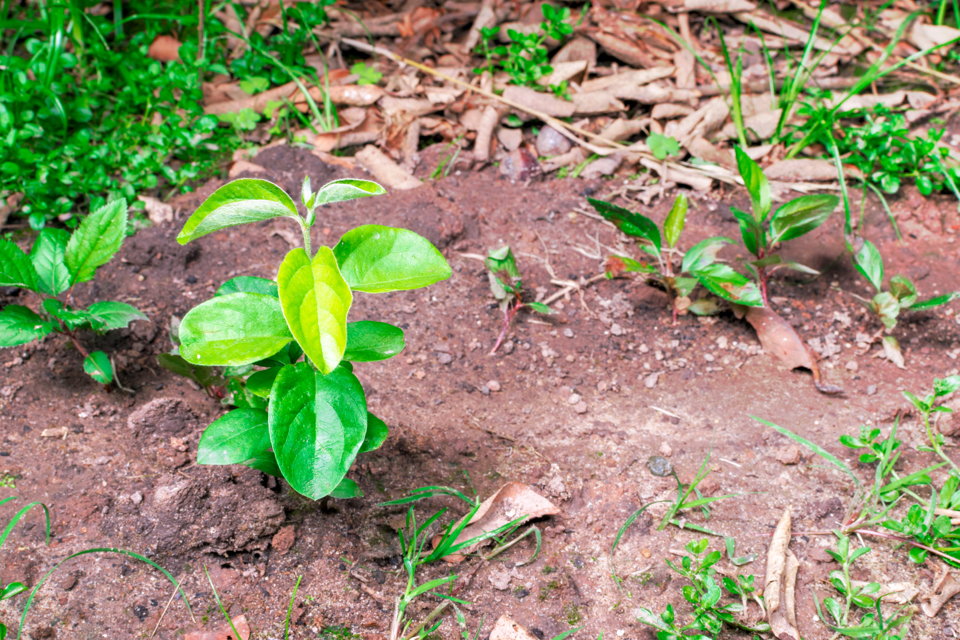
Take a 15cm cutting of non-fruiting growth, remove all but 2-4 leaves, dip the base in rooting hormone, and insert the cutting into a pot filled with potting mix or a mix of light soil and organic compost.
Place the pot in a sunny location and keep the soil damp.
In dry conditions, cover the cutting with perforated plastic film, but be sure that it doesn’t stick to the cutting.
How Long Does It Take For A Quince Tree To Bear Fruit?

The ‘right’ answer is 4 years, and this holds good for the common quince tree.
The real answer is that it depends on the rootstock and the cultivar, and can vary from 2-6 years.
As a rule, I’ve found that this tree will start to produce high-quality fruit and high yields about 3 years after its first production of fruit.
“The fragrance of the fruit is what really blows me away about quinces,” shares Peter.
“Sadly, ours has become a biennial bearer, which can happen to some trees where, with age, they crop well only every other year. Steps can be taken to address this, such as thinning blossoms and fruits in heavy cropping years.”
Harvesting & Storage
Different varieties’ fruit is ready to harvest at different times in autumn from September to November.
Common quince fruit is usually ready to be picked in October when it is a golden-yellow hue.
No matter which variety, the longer the fruit is left on the tree, the richer and more well-developed the flavour.
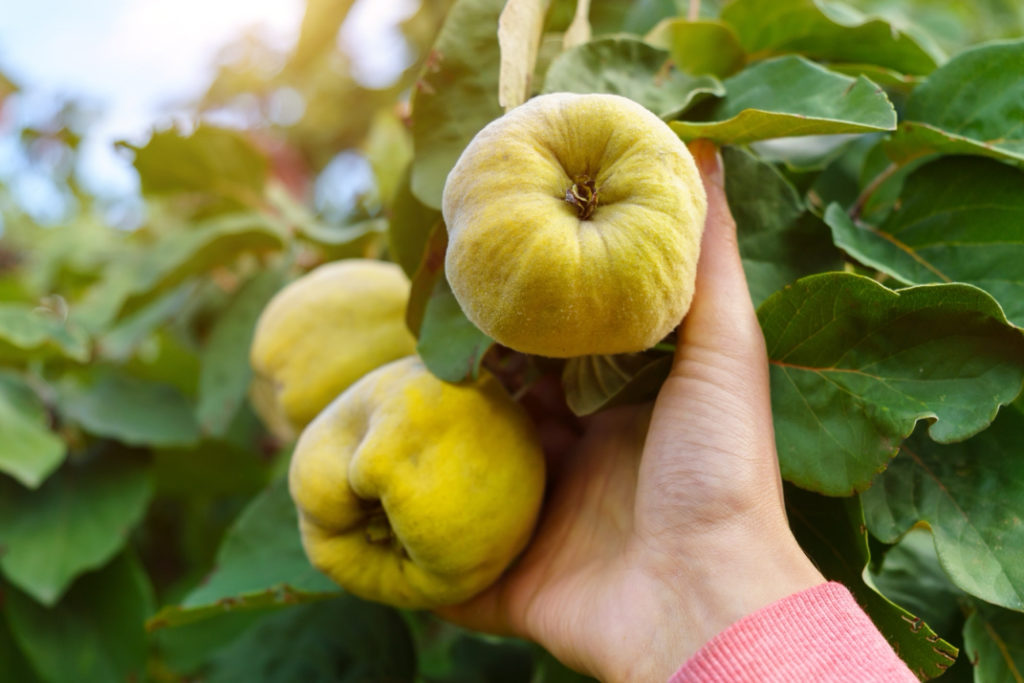
With this in mind, delay harvesting the fruit for as long as you can.
Harvest the fruit when there is a chance of frost, especially for cultivars like ‘Aromatnaya’ and ‘Kuganskaya’.
Store undamaged fruit in a dark and cool room on a flat surface without stacking and without the fruits touching.
Though the fruit of the common quince can be stored for 8-12 weeks, I have found that they will be just right for preserves, confections, and other cooking in 6-8 weeks.
Common Varieties
“Whenever choosing a fruit tree, make sure to check the rootstock if you can,” says Master Horticulturist Peter Lickorish.
“This is the plant which donates its roots to your chosen variety when the two are grafted together.
“Quince A is a rootstock producing a larger tree, whilst Quince C and ‘Eline’ produce smaller trees. Quinces are also used as the rootstock for most pear trees.”
Cydonia oblonga, otherwise known as the common quince, is the species tree.
The species flowers in late spring and bears fruit in around October.
The ripe fruit is of a golden-yellow colour and is lumpily pear-shaped.
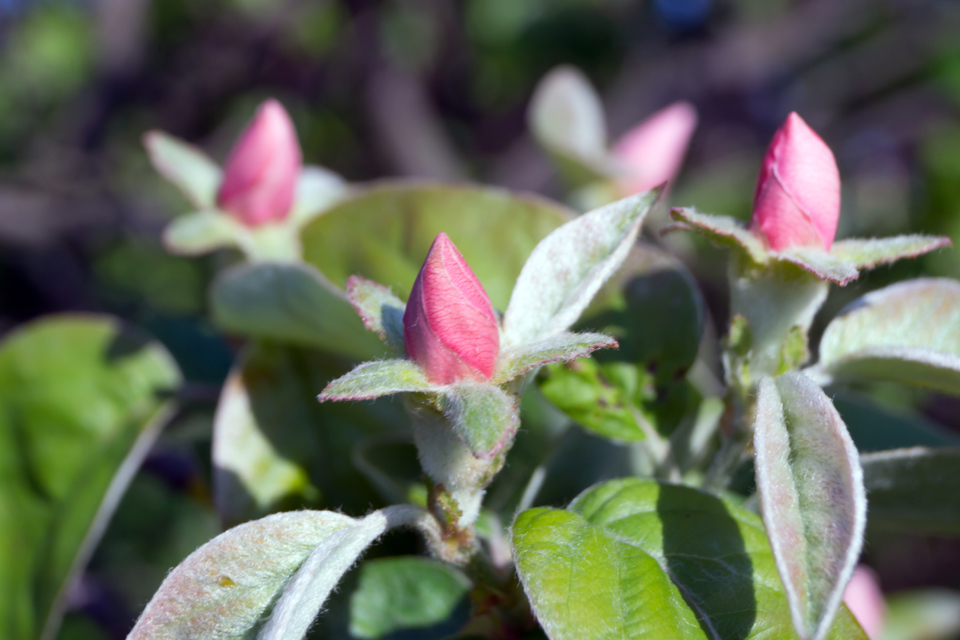
‘Serbian Gold’
‘Serbian Gold’ is one of my favourite cultivars which, while it is not known for its vigour, is renowned for its good cropping and relatively early fruiting and consequent harvesting which is in late September.
The fruit is similar to the species but rounder, and it too is not meant for consuming raw.
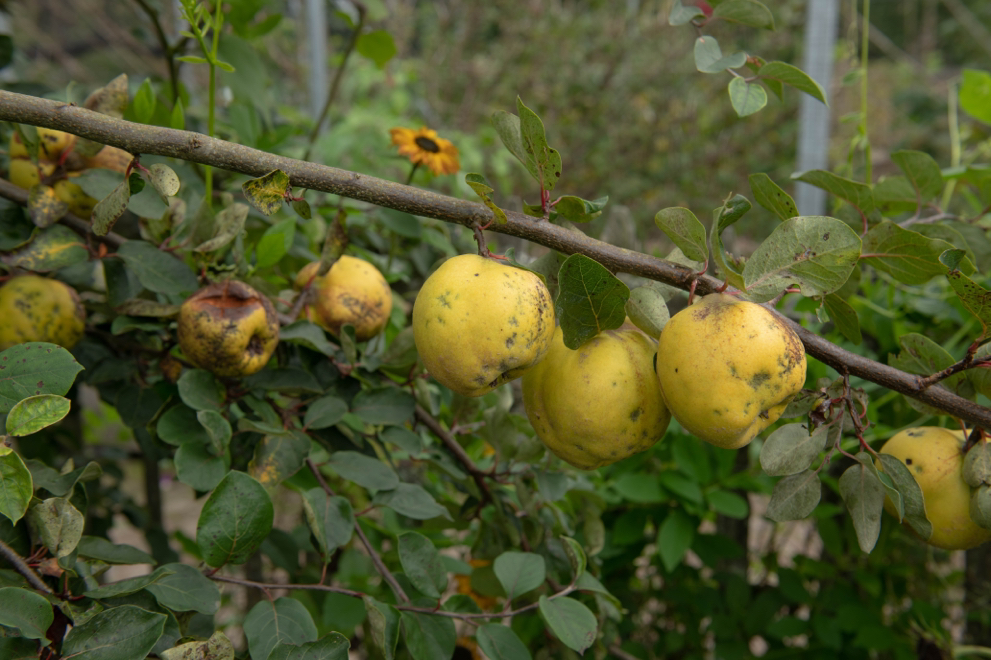
It grows to a mature height of up to 4m and has received the RHS Award of Garden Merit.
“‘Serbian Gold’ is my favourite variety of quince because it is resistant to the blight that some others are affected by,” shares Bunny.
This cultivar is also available on semi-dwarfing rootstock; such a patio tree will attain a height of only 1.5m and is ideal for a container on the patio.
‘Vranja’
‘Vranja’ is a popular variety in the United Kingdom.
It is similar to the species but is a late-fruiting variety, cropping in November or even December.
‘Aromatnaya’
‘Aromatnaya’ is an Eastern European cultivar and is less commonly grown here in the UK.
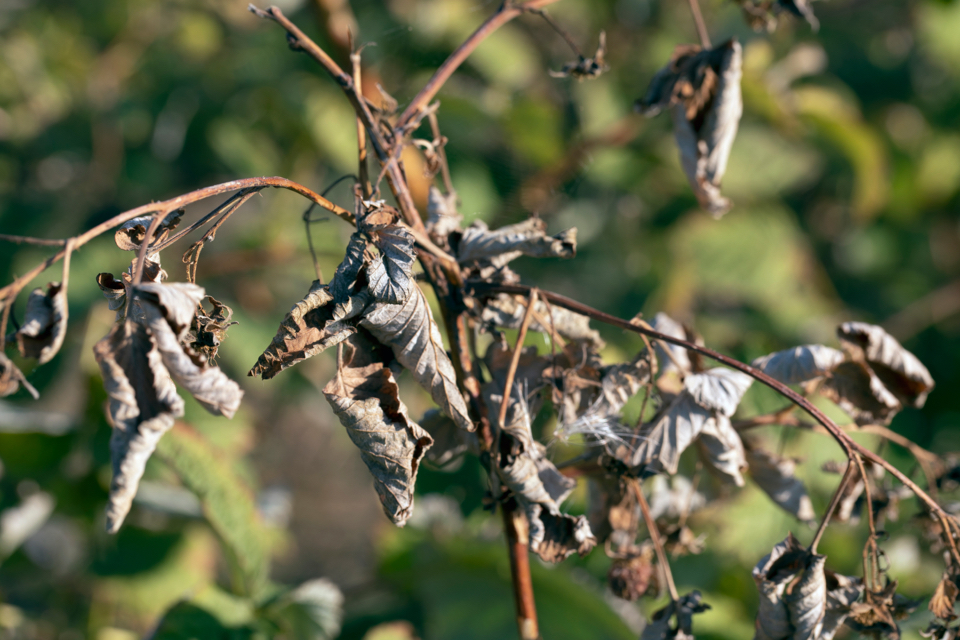
It is a very prolific variety and bears its fruits earlier than other varieties.
Unfortunately, this tree is more susceptible to fireblight than other varieties.
‘Kuganskaya’
Sometimes referred to as Russian Quince, this cultivar actually hails from Armenia rather than Russia, and is a rare find in the UK.
It has average productivity and bears fruit in mid-autumn.
Chaenomeles japonica
This flowering quince is not a Quince tree, looks very different, and has somewhat different growing and care guidelines, but is mentioned here for completeness and because it is very commonly grown in the United Kingdom.
Its fruit, though edible, cannot even compare with the Quince tree cultivars listed above.
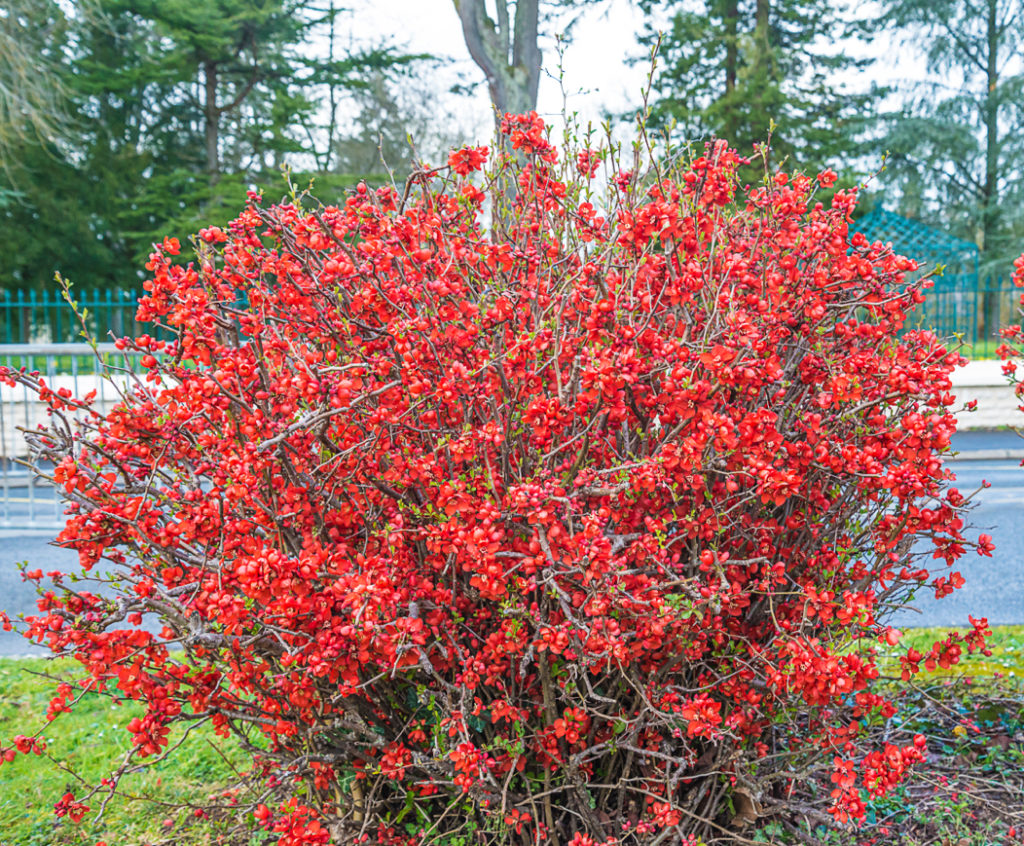
It is a spreading bush or hedge that grows to only about 1m, with a spread of about 1.5m.
It is a striking sight in early spring as it bears copious bunches of bright vermilion or scarlet cup-shaped flowers.
Pseudocydonia sinensis
This plant is also not a traditional quince tree, looks very different, and also has somewhat different botanical characteristics but, like Chaenomeles japonica, is mentioned here for completeness.
It is a bushy shrub whose true value lies in its beauty.
It has highly textured, mottled bark and dark green leaves that have a glossy sheen which put on a colour show in the autumn before shedding.
In spring it is covered in a bloom of fragrant reddish-pink cup-shaped flowers.
References
- 1Hill, A. (2019, October 1). 8 Emerging Health Benefits of Quince (And How to Eat It). Healthline. Retrieved March 23, 2023, from https://www.healthline.com/nutrition/what-is-quince-fruit
- 2Quince. (2020, August 11). BBC Good Food. Retrieved March 23, 2023, from https://www.bbcgoodfood.com/glossary/quince-glossary
- 3Harris, S. (n.d.-a). Cydonia oblonga. Oxford University Plants. Retrieved March 23, 2023, from https://herbaria.plants.ox.ac.uk/bol/plants400/Profiles/CD/Cydonia
- 4Pollination of apple trees and other fruit trees. (n.d.). Orange Pippin Fruit Trees (UK). Retrieved March 23, 2023, from https://www.orangepippintrees.co.uk/articles/planting-and-growing/pollination-of-fruit-trees

